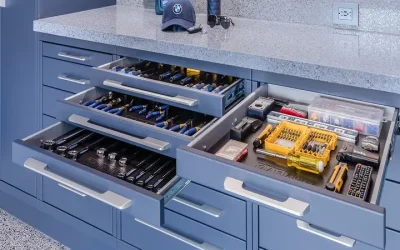A fluid coupling is a device used to connect two shafts while allowing for some degree of misalignment between them. Fluid couplings typically consist of two half-shells with a fluid-filled chamber between them. When the input shaft is turned, the fluid inside the chamber begins to rotate as well. This rotation creates a drag force on the output shaft, causing it to turn as well. It is important to learn everything you need to know about choosing the right fluid coupling for your business.
Types of Fluid Couplings
Hydrodynamic fluid couplings are the most common type used in industrial applications. These couplings use oil or water as the working fluid and can handle high power loads and speeds. However, they are not well suited for applications where frequent starting and stopping are required because they require a certain amount of momentum to get started.
Hydrostatic fluid couplings use oil under high pressure to create the rotational force needed to power the output shaft. These couplings are well suited for applications where frequent starting and stopping are required because they can start and stop quickly without any issues. However, they are not as efficient as hydrodynamic fluid couplings and can be expensive to maintain due to the high oil pressures involved.
An electric motor-driven fluid coupling uses an electric motor to power the input shaft. These couplings are well suited for applications where precise speed control is required because the speed of the output shaft can be easily controlled by regulating the speed of the electric motor. However, electric motor-driven fluid couplings can be expensive to operate due to the higher electricity costs involved.


